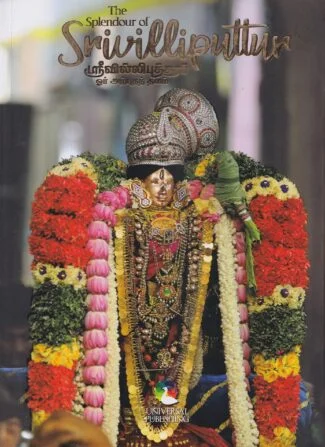
The Splendour of Sri...
The Splendour of Srivilliputtur
by: Chithra Madhavan₹1,200.00 Original price was: ₹1,200.00.₹1,080.00Current price is: ₹1,080.00.
ISBN: 9788195171835
Year Of Publication: 2022
Edition: 1st
Pages : 143
Language : English
Binding : Hardcover
Publisher: Universal Publishing
Size: 30
Introduction
Preface
1. Sthala Puranam
2.An Incarnation through Devotion
3.An Epic of the Bhakti Movement
4.Architecture & Sculpture
5.The Enigma of Andal Nachiyar’s Parrot
6.Festivals
7.Arayar Sevai at Srivilliputtur
8.Songs on Srivilliputtur
9.Andal’s Wedding
10.Inscriptions
11.Prasadams
12.Temples Connected with Srivilliputtur
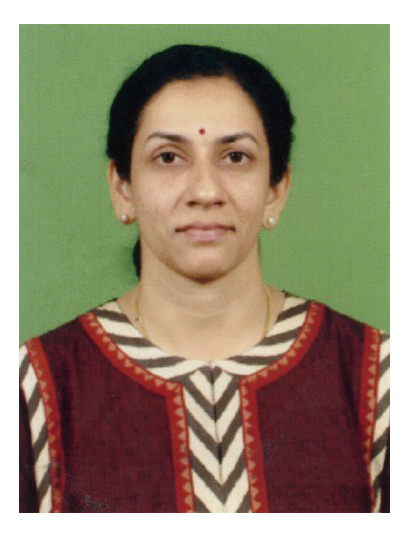
“The Splendour of Srivilliputtur” Cancel reply
- Sale!Buddhist Art of Kausambi by: Aruna Tripathi
₹2,500.00Original price was: ₹2,500.00.₹2,250.00Current price is: ₹2,250.00.The Upanishads capture the quintessence of Indian spiritual wisdom unfolding deepest, highly perceptive reflections on human existence and how it is related to the mysterious cosmos. Authored by enlightened seers over the period of 1500-200 bc., the Upanishadic message is a magnificent vision that raises human consciousness to sublime heights. One of the major centres of Buddhist art in ancient times, Kausambi provides evidence of an uninterrupted art tradition spanning centuries. Pointing to the scant attention Kausambi has received from scholars in the past, this work attempts to highlight its art treasures through a study of its stone sculptures. Based on scrutiny of stone sculptures found at various sites in Kausambi and its vicinity and housed in different museums, it presents perhaps the first extensive documentation of the Buddhist art of the region from the Mauryan to post-Gupta period. It examines in detail over 300 stone sculptures, paying special attention to their iconographic features, types of stone, techniques of carving, grinding and polishing and their aesthetic appeal. All this comes with a background throwing light on the history of Kausambi and its association with Buddhism, the early archaeological explorations in the region, and the individuality and uniqueness of Kausambi art as compared to Mathura and Sarnath schools. The book presents over 225 black-and-white and over 50 coloured photographs of Buddhist sculptures which are neatly classified and systematically analysed. It would prove invaluable to scholars and students of Buddhist art.
- Sale!Artisans and Craftsmen of Northern India by: Kuldeep Singh Thind
₹1,100.00Original price was: ₹1,100.00.₹990.00Current price is: ₹990.00.The basic aim of the book is to expose the major contributions of artisans and craftsmen in portraying the society in different perspectives. These artisans and craftsmen, were drawn mostly from the shudras, lower caste of the community, suppressed and have-nots section of the society, but were highly talented. The work is also designed to create interest among the reader and scholars alike, to understand the society of the period under reference through the immortal art of these creative people. The artisans such as potters, weavers, carpenters, architects, sculptors, brick-makers, metallurgy and metal workers, leather workers, painters, and the workers engaged in the profession of ivory, glass and mirror, perfume and cosmetic, musical instrument, oil, salt and liquor makers, etc. were the heroes of that time, who not only met the day-to-day requirement of the then society, but also portrayed different aspects of their life, in its true color, through their workmanship. It was the architect who designed and constructed houses to live in, as well as water tank, well and channel, royal building, stupa, temple and fort, bridge, pillar and rock-edict etc., which met the need of the society.
Today, we feel proud of the rich heritage of old Indian art and architecture, credit for which solely goes to the then artisan who crafted immortal creations. However, the invaluable contribution made by the historians in immortalizing their creations, by putting them in black and white, is no less important. It is the historian, whose mighty pen has immortalized not only Ashoka the great, as a king but also the creators of the stupas of his times on equal footings. It is with this aim in view that the present book has been presented to the posterity, in order to pay rich tributes to the creators of our rich cultural heritage.
Unluckly there was no proper institutionalized provision for the education of artisans and craftsmen, so generally the former adopted the occupation of their parents and hereditary skill was enhances as it was transferred from father to son, and generation to generation. Contemporary sources reveal that the social stautus of artisan class was based on the nature and economic conditions of a particular profession. - Sale!A Child of Destiny by: K. Ramakrishna Rao
₹950.00Original price was: ₹950.00.₹855.00Current price is: ₹855.00.““This book is an autobiographical essay of a man who rose from a humble beginning in a remote village with one room elementary school to attend the University of Chicago, with its impressive Gothic structures ranked among the best in the world; and to become the Chancellor of a prestigious university in the country. Dr Rao attributes all this to destiny. Destiny in this view constitutes the circumstances in which one is situated; but it is the deftness with which one manoeuvres himself through the maze of circumstances that really matters in the final analysis.
The book is offered as a possible source to inspire the aspiring individual not only to set noble goals but also find possible ways of reaching them. Blessed is the one who moves his way upward without hurting himself or others in the process. This has been the guiding principle of Dr Rao.”
“ - Sale!Assimilation of Brahmanism into Buddhism by: Sampa Biswas
₹2,100.00Original price was: ₹2,100.00.₹1,890.00Current price is: ₹1,890.00.Assimilation of Brahmanism into Buddhism is a research work on Buddhism and Buddhist art of early medieval period in India. Archaeological materials and literary records suggest that Buddhism had a continuous existence during the third century bce to the thirteenth century ce in India. Though early Buddhism was totally different in its doctrines and faith from the Brahmanical system, the Buddhism of today is a religio-philosophical system having assimilated and adopted new ideas and beliefs from the environment in which it was born and nurtured.
The introduction of Tantrism bought Buddhism and Brahmanism closer to each other. It opened the gate to the vast field of Buddhist iconography along with Tantric practices, deities, mudras and mandalas. Many of these were influenced by the Brahmanic idea of godhead and some were the combination of one or more ideas of Brahmanic divinities. There was assimilation of a number of factors between Brahmanism and Buddhism.
This scholarly volume addresses the different aspects of this assimilation process by getting into a historical study of Hinayana and Mahayana Buddhism; outlining the political history, and socio-economic and religious changes during 300700 ce; scanning the political and economic background and the spreading of esoteric Buddhism; emergence of Vajrayana Buddhism; and providing a detailed sketch of Vajrayana images. - Sale!Akbar, The Aesthete by: Indu Anand
₹4,800.00Original price was: ₹4,800.00.₹4,320.00Current price is: ₹4,320.00.Mughal miniatures are a vivid account of the cultural, sociopolitical scenario of the Mughal era. Jalal-ud-Din Muhammad Akbar, the most powerful Mughal emperor, was a great aesthete and promoter of arts. Eminent Persian and Indian artists thronged his Royal Studio and were encouraged to paint numerous emotive miniatures of style and substance, communicating highly complex narratives. These miniatures are a beautiful manifestation of human expressions, vividly encapsulating moments of history for posterity.
This book combines the sources and methodology of history and art history of the Mughal era, and is an analysis of a select group of paintings of Akbar’s reign. The miniature paintings incorporate a wide variety of rich, vibrant and varied themes, ranging from durbar scenes, depicting Akbar in different moods and forms, the princes and nobles in their finery, hunting and battle scenes, elaborate scenes of royal births, construction scenes, ascetics, common man, and countryside scenes, to the flora and fauna. Individual analyses of these miniatures, shows the manner of their composition and the inherent value of their sociocultural content in a lively manner. These paintings became a passion and a diversion for Akbar, who had an innate aesthetic sense.
However, there are hardly any true-to-life paintings of women of the royal seraglio. This book thus attempts to cover some images of femininity, whether it is of Queen Alanquwa, Akbar’s mother, or of Madonna as sacred mothers, and women, per se, in different roles. These miniatures make one wonder how much these women contributed to the life of Mughal India.
This unique volume, having given transliteration and translation of the original Persian text of the miniatures, provides an insight into Akbar as an aesthete, and will help academics and laymen alike in appreciating the beauty and history of Akbar’s period.



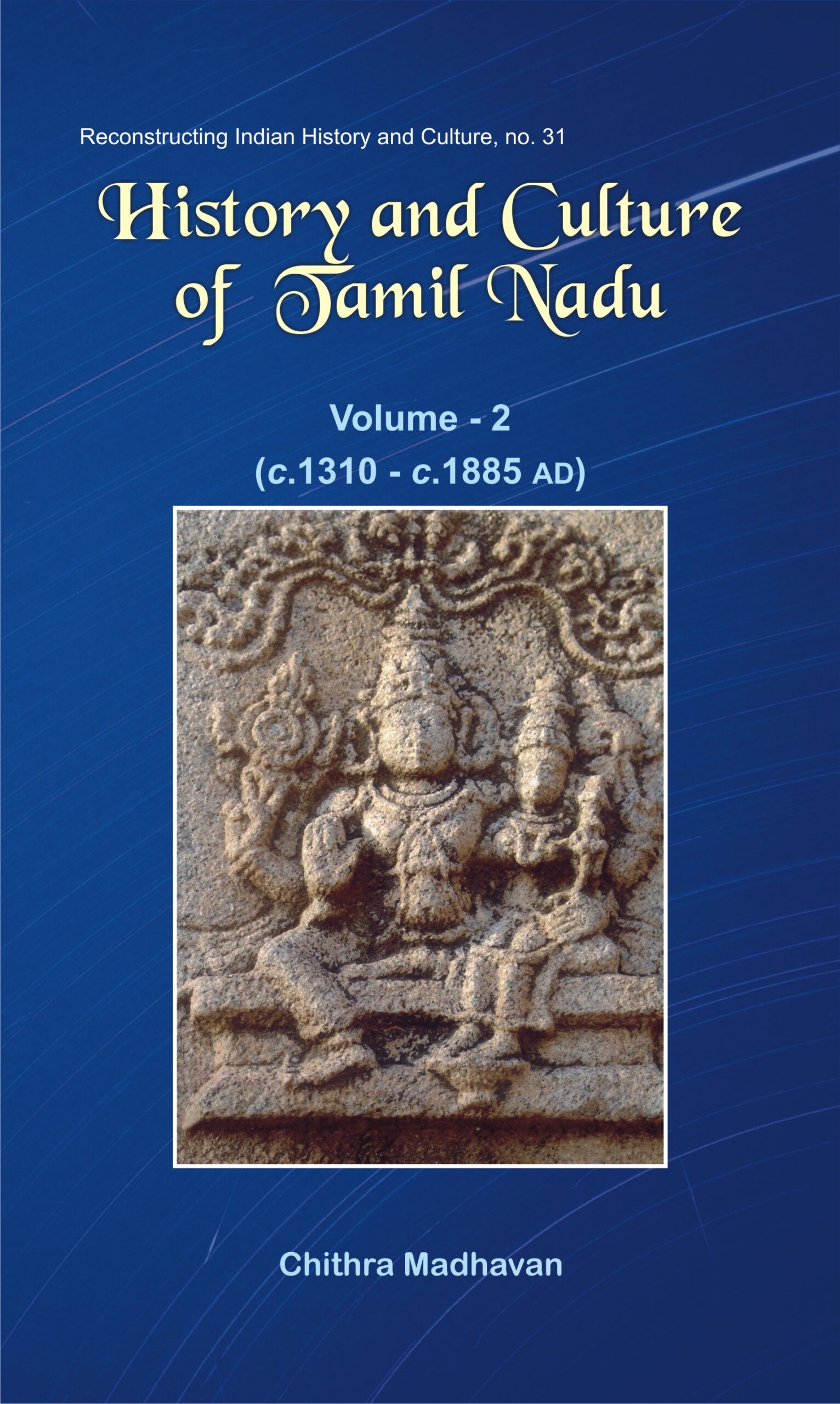



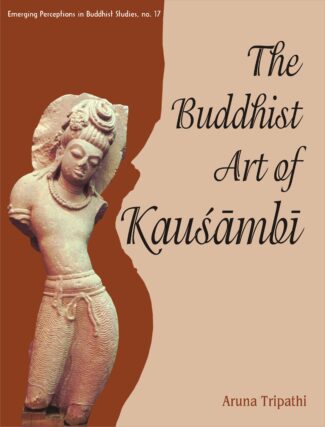
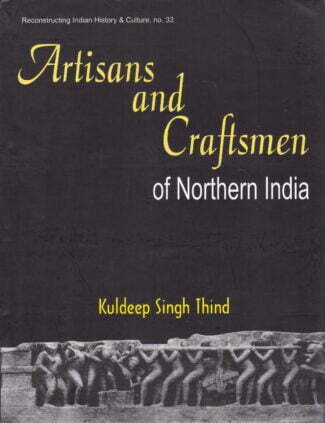
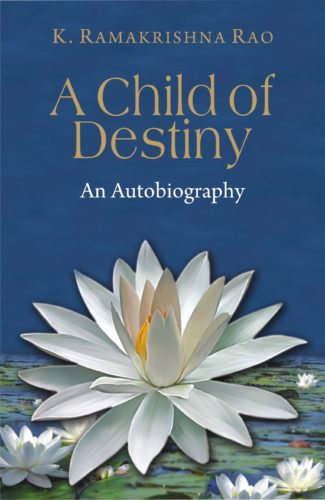
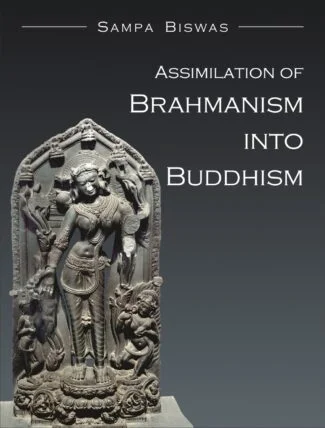
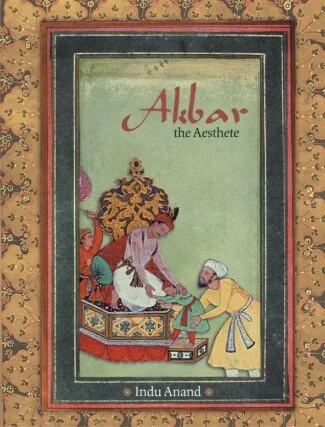
There are no reviews yet.